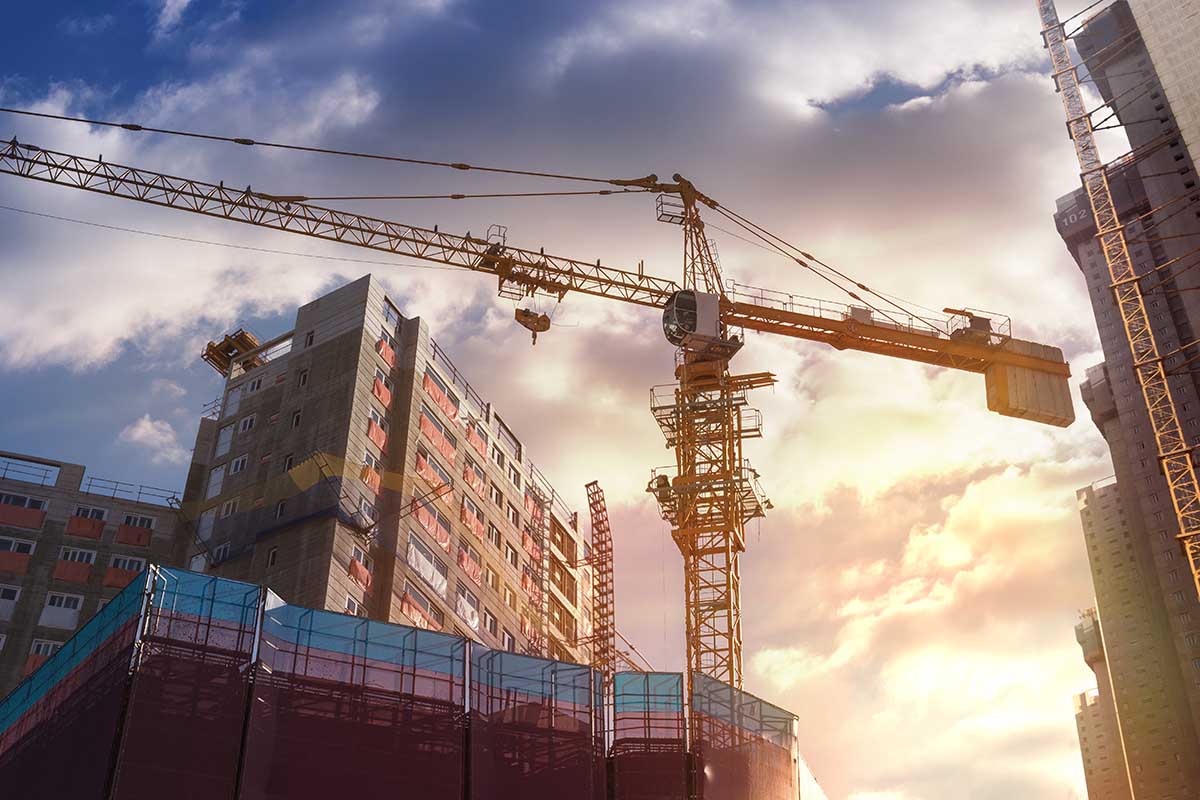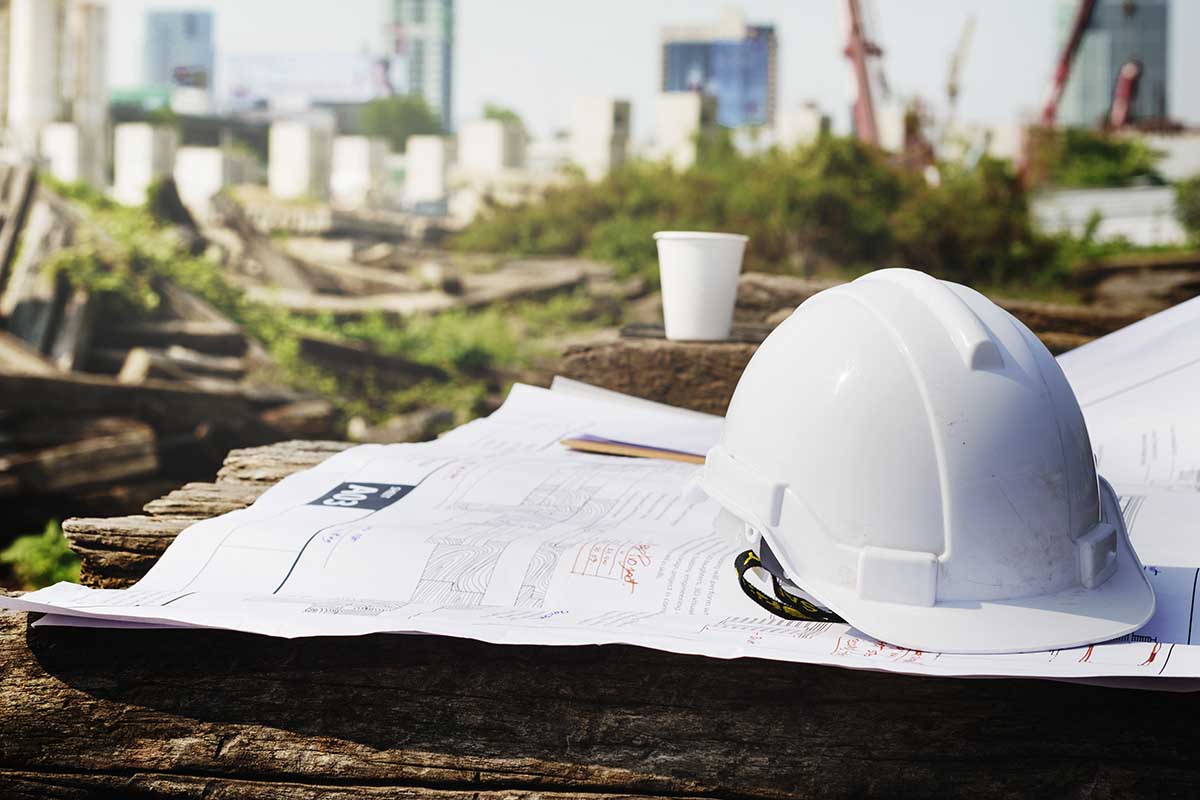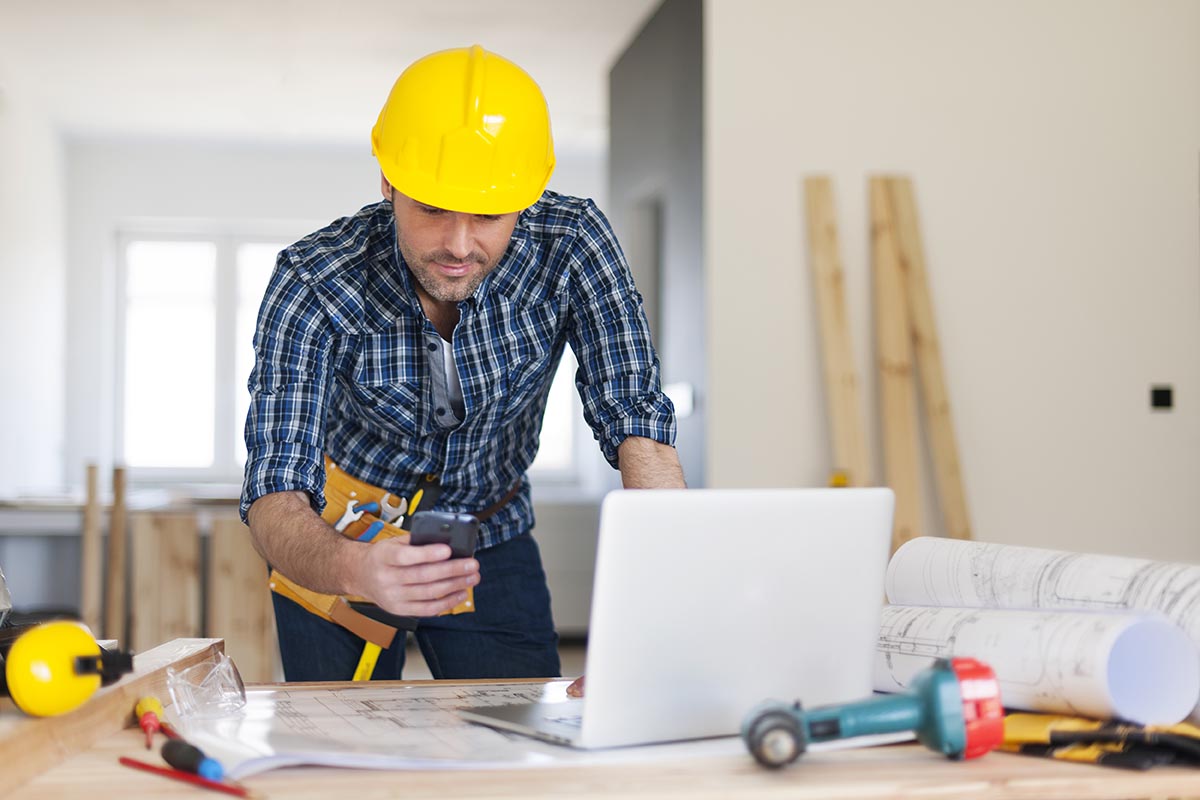Internet Solutions at Construction Sites During a Pandemic
The pandemic encouraged many building sites to embrace construction site internet. The UK government prioritizes the control of the virus spread and expects residents to practice social distancing. In this regard, work and travel are restricted to an extent. Like other industries, however, construction sites also face a tremendous struggle in sustaining workflow and several vital aspects.
Following the Office for National Statistics, 46.6% of employed people did some work from home in April 2020. COVID-19 forced 86.0% of those working from home. Since contractors welcome teleworking ideas, reliable internet solutions at construction sites become imperative to ensure safety guidelines, abundant workforce and continued productivity.
Meanwhile, below is how the internet allows construction sites to operate during the pandemic:
SaaS Cloud Technology
Cloud-based SaaS technology is a trend that construction companies and contractors realize with this pandemic. Cloud storage proves to be the answer to remotes, and it aids effective communication. Authorized users can access data from their specific perimeters with a few taps.
Construction site internet is thoughtfully designed to encloud data. Building sites benefit tremendously from working with on-cloud data since accessibility is limitless, except the resources are deleted from the server.
Utilizing smart accounting software and construction management helps project managers track every activity and resource, boosting productivity. The convenience of sharing data between project owners and subcontractors connecting through available servers eliminates physical contacts.
Internet Solutions at Construction Sites: Contactless Engagement
As a measure of practicing social distancing, in-person interactions reduce significantly. The need for continuity is imperative, and fiber-speed construction site broadband brings all activities online.
Apart from construction sites, film production companies in China, for instance, resorted to releasing films online. International heritage and museums introduce virtual hours to encourage tourists to feed their eyes on artifacts remotely. We also witness an online gaming surge resulting from the pandemic.
Augmented Reality
Construction sites can now manipulate a computer-generated image in personal view. This development allows construction workers to train virtually on new equipment, learn safety precautions, and understand how the machine parts function.
Moreover, AR can give a detailed visual of completed projects to clients and notify them of dangers. Even before starting a building project, clients can access the visuals and request changes where necessary.
Employee Telehealth
Telehealth distributes health-related information and services through telecommunication technologies and electronic data. It is an excellent tool for accommodating the presence of COVID-19 while essential health care to the workforce.
Meanwhile, wearable personal IoT devices can monitor essential health symptoms. The debut of smart chatbots also diagnose patients based on identifiable symptoms. It mitigates the virus spread and keeps construction workers from exposure to the virus even at building sites. In countries with expensive medical costs, telehealth may have to be insured.
Moreover, telehealth requires accredited professionals to operate and reliable internet connection. Since medical services are regulated heavily, doctors may not work outside their jurisdiction. Suppose health regulation was written before the pandemic, it may not include telehealth.
Automated Supply Flow
The building of commercial projects like skyscrapers demands more than manual labor. Tech is vital to render several activities autonomous. Robotics brings humanized automation. Many construction sites use robotic technology to monitor building site operations. Many opportunities are still available for improved job site productivity with robotics.
Contemporary technology and construction site internet improve the frequency and supply workflow of simultaneous operations.
ERP software or technology can monitor the consumption of bolts and nuts from the onsite inventory. Thus, eliminating the need for staff to be stationed at the base to record such tasks. Moreover, this development streamlines the supply chain and helps managers align with project schedules to deliver necessary supplies and materials.
Virtual Collaboration
Construction site WiFi brings virtual collaboration to projects amidst social distancing regulations. Supply chain participants in a construction project can stay connected on digital collaborative platforms that allow multiple user communication.
Upon the pandemic entry, many communication companies have refined their tools and techniques to build collaborative spaces. Necessary parties in a construction project are aware of the implementations and can adjust without the need for paperwork or physical contacts.
A digital platform ensures that concerned parties work with similar project versions despite the distance.
In response to the pandemic fight, the tech sphere introduces new tools regularly to construction companies to establish effective communication on and off building sites.
3D Printing
As the world continues to solve the pandemic misery, technology encourages bans to export personal protective equipment. It introduces 3D printing to eliminate or mitigate shocks to the supply chain.
The concept of 3D printing brings flexibility in construction wirelessly. 3D printers tend to be all-weather and produce numerous products based on materials and design files. In this regard, simple parts can be created without a lengthy procurement process onsite. It speeds up the building project and eliminates shipment wait time.
Internet Solutions at Construction Sites: Auto Scale Ticketing
Scale ticketing becomes even easier to manage. When drivers check-in, they can load and ticket trucks conveying cement and aggregate materials without disruption.
Moreover, technology offers auto-identification features to verify each truck. Onsite cameras track and monitor trucks in-transit to other locations. Construction truck drivers no longer have to exit their trucks for in-person inspections; tech completes the action electronically and accurately. A few onsite officials can be stationed in the control room to manage the systems for improved effectiveness.




















